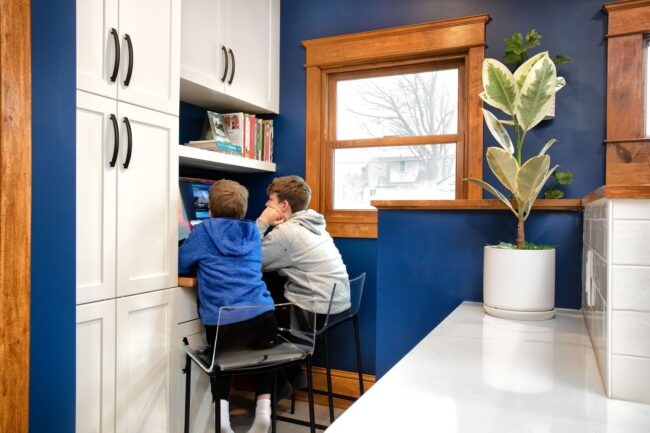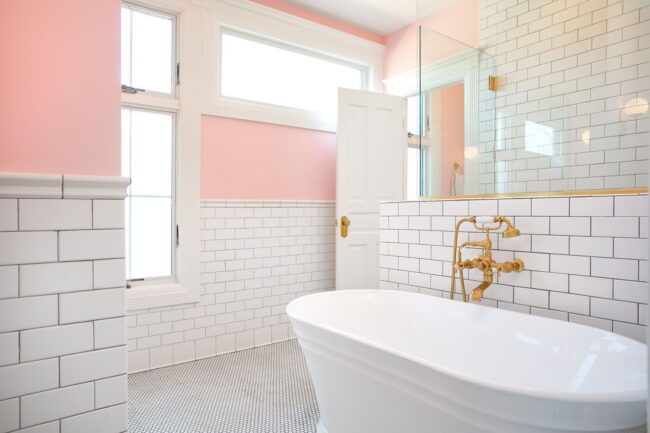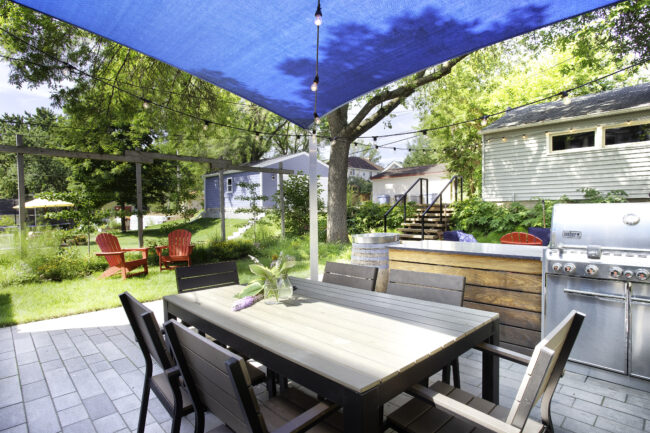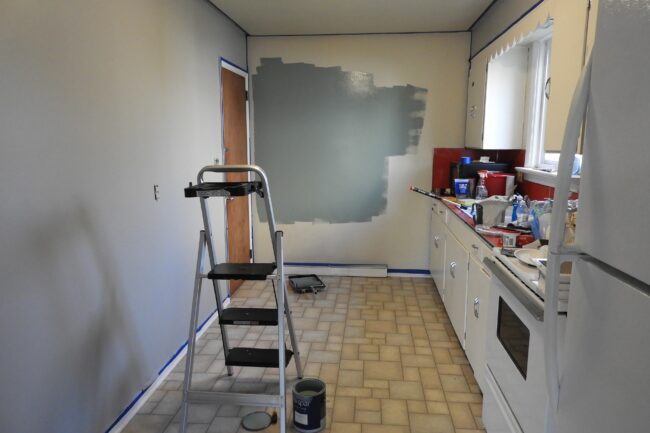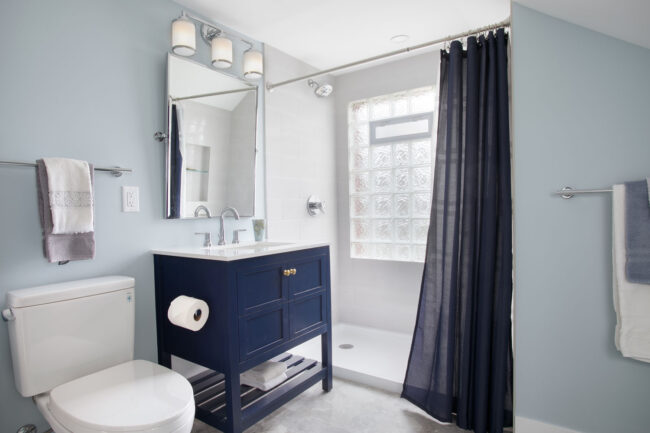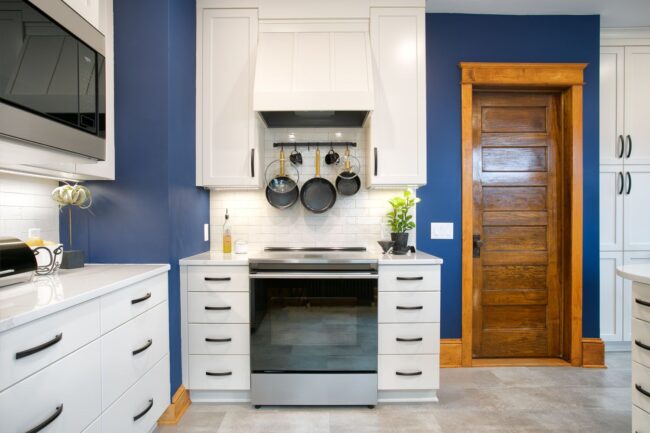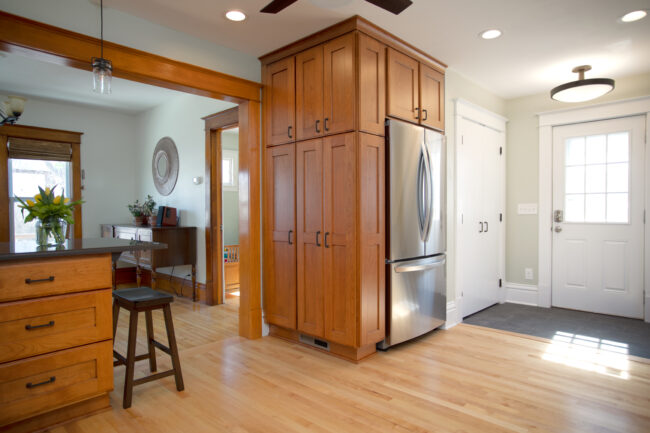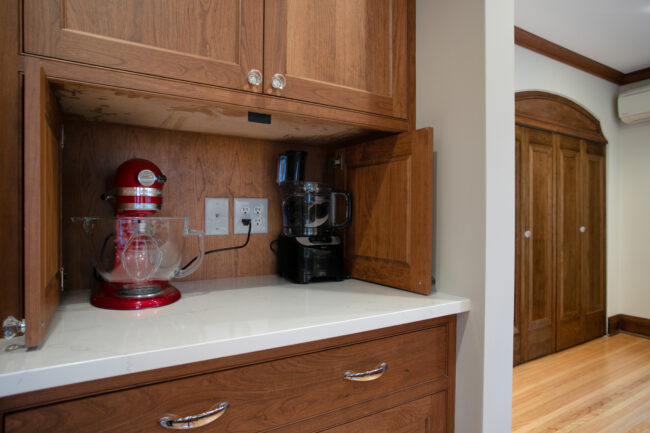7 Renovations to Consider To Prep For Your Growing Family
Growing your family is an exciting time that changes all parts of your life — including your home. If your house accommodates fewer family members than you’ll soon have, there are several adjustments you can make. Here are seven renovations to consider as your family grows to keep everyone safe and happy.
1. Bathroom
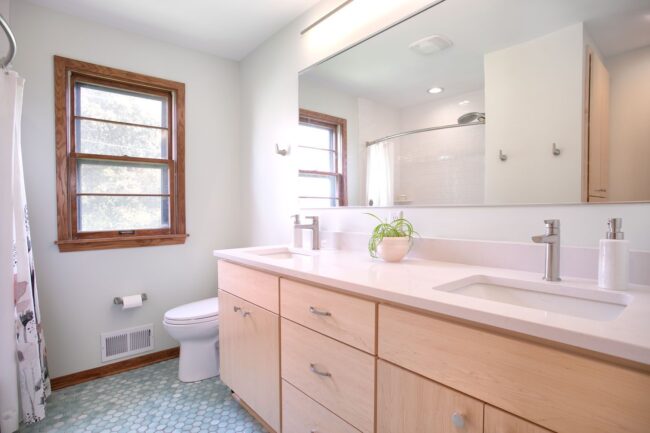
When your home has more people, you can benefit from more bathrooms. Everyone needs to use them and fighting for space is often the cause of stressful mornings. Having separate bathrooms for kids and adults increases the likelihood that everyone can enter when necessary.
You can add a bathroom almost anywhere with access to plumbing and electricity. Adding a half-bath could be a great choice if you have a spare closet. Many people put a bathroom in their laundry room since there’s easy water access and some already have sinks.
Due to the potential risks, hiring a licensed contractor is best if you need rewiring or significant plumbing changes. Depending on the size of your bathroom, you can section off the toilet, sink and bathtub to allow multiple people to use the space simultaneously.
2. ADU
An accessory dwelling unit (ADU) is a separate unit on your property you can use for many things. Adding or renovating an ADU can benefit your growing family in many ways.
When you have a new baby, family members may offer to come and help out — especially if you have other kids. This unit gives you and your guest space, serving as a separate home when someone needs it.
As your kids grow up, they might want a space to hang out with their friends and have sleepovers. ADUs help them feel independent while still being under your watch. For teenagers, these units are perfect for introducing what it’s like to live in their own place. It allows them to learn about and try new life skills while you’re around to help.
3. Playroom
If you’re expecting a baby, it’s time to think about where they’ll play as they grow. A playroom is a hub for young kids to move around and express their creativity. You can quickly renovate almost any room to be a playroom.
Remove potential dangers like window blinds with cords, and consider covering hardwood or cement floors with a softer material like linoleum or carpeting. You can install shelves to store toys and art supplies. A table allows them to create, while an open floor space will enable them to play with their toys however they choose.
If you enjoy colorful walls, a playroom is the perfect place to implement them. You could even use magnetic or chalk paint that increases the number of play surfaces.
4. Yard
If you have a lot of private yard space, you can let your children run and play without as much worry as a public park or playground can cause. However, if having little ones is new to you, there are some things to remember.
Fences are a great way to keep your kids, other people and animals out of your yard. You can choose a grid fence that allows you to see around the perimeter or a privacy fence that limits someone’s ability to see in your yard. You should also add security fencing around pools, hot tubs or anywhere that could be life-threatening to your child if they approach it alone.
Evaluate your landscaping. While you should always watch young children when they play inside, accidents happen. Try to remove any poison oak or ivy from the area. Also, consider eliminating any bushes that grow berries toxic to humans.
5. Home Office
A home office could be suitable if you work from home, or want a quiet place to pay bills and engage with your hobbies. You can convert a spare bedroom or walk-in closet into an office space. If you have a finished basement, you can add part of it to create a private room. The size of your home office depends on what you’ll do.
Good lighting is ideal for a personal workspace. If you don’t have windows, consider installing an intuitive lighting system to help you switch from alert and productive to calm and relaxed.
6. Windows
You might not think about your windows, but they can greatly affect your mental health. Natural light is excellent for stress management — a valuable tool when adding more kids to your ranks.
Consider adding windows to naturally dark spaces to give your home more reading and playing locations that don’t waste electricity. Expand windows that show your backyard to get a better view of what all your young ones are doing while outside.
If you transform a room into your child’s bedroom, securing the windows can give you peace of mind. It can keep them from opening one or a sensor can alert you when they do. This update is especially useful if you have little ones on the higher stories of your house and the damage from going out the window is worse.
7. Kitchen
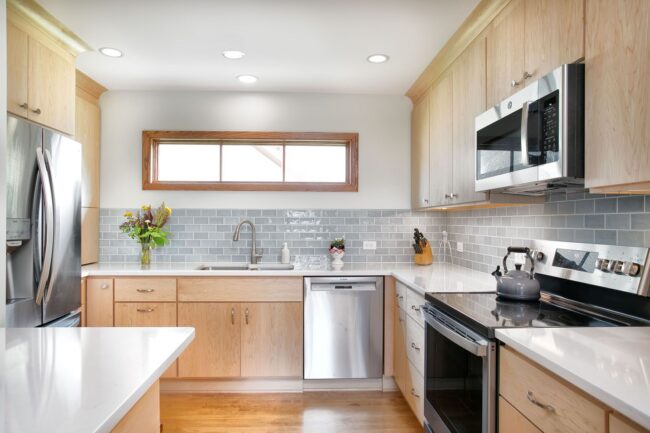
Growing your family is an excellent excuse to renovate your kitchen. Kids will need access to things like cups, plates and napkins. However, you’ll want them to avoid the stovetop, cleaning products and knives.
If you have a small kitchen, consider expanding by opening up your floor plan. Create sufficient space between your entryway and your range. Get a refrigerator with a front water dispenser children can easily access. Install new shelves up high so kids can reach them and cover sharp edges.
Include a pull-out step stool to help your children reach the sink. Additionally, installing a sink with an automatic sensor could save you water. You could even make a specific area to store a toddler tower so your little one can help you prepare food.
Growing Your Home With Your Family
A happy household means having what each person needs to thrive — including any new arrivals. By renovating to meet your family’s needs, you can create a positive environment for your kids to learn and grow.

